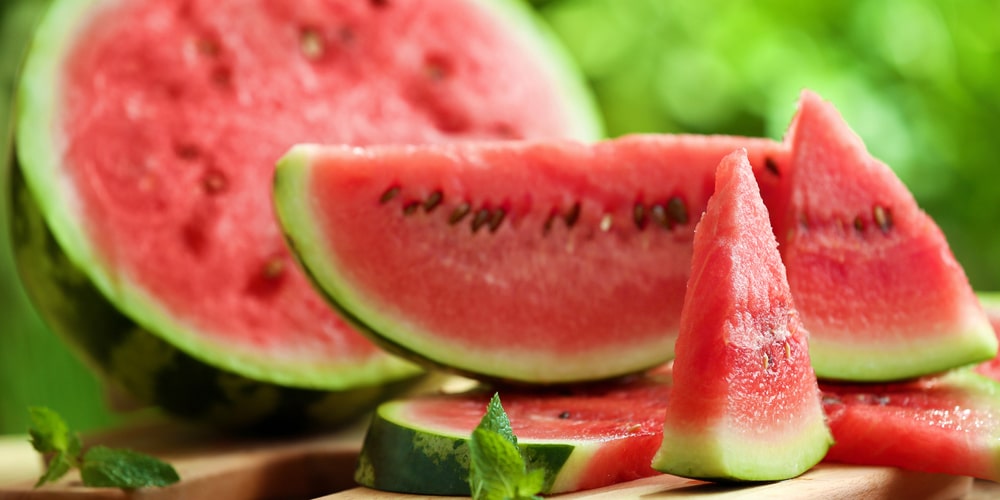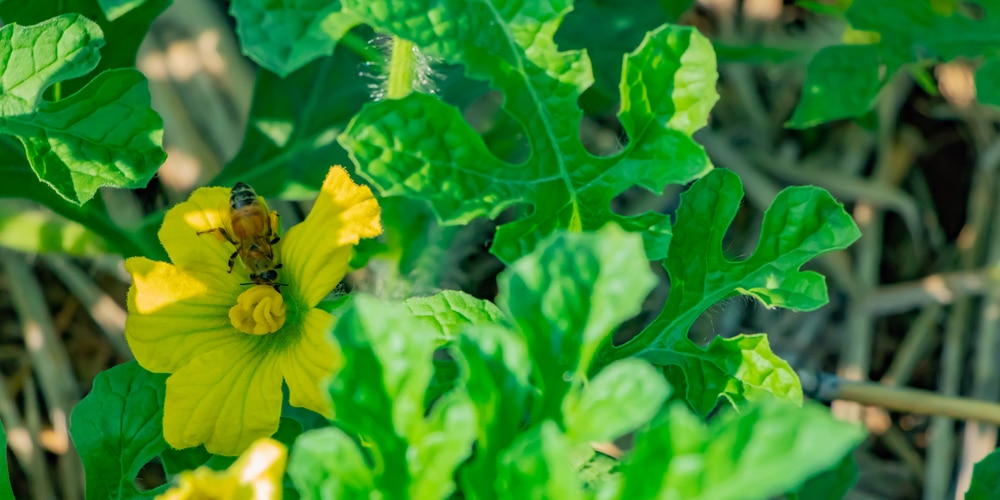Mississippi enjoys a rather humid subtropical climate and is located in USDA plant hardiness zones 7b through 9a. Despite the state spanning over several planting zones, both southern and northern regions of Mississippi experience short winters and long, warm summers, meaning it is ideal for growing many plants.
If you wish to plant watermelons in Mississippi, chances of getting a good harvest are very high because watermelons usually require moderately high warmth to mature. All you need is to do proper timing so that when you plant, the watermelon plants will have adequate time to make food and produce large, healthy, juicy, and sweet fruits. This article will cover the appropriate time to plant watermelon in South and North Mississippi.
Best time to plant watermelons in Mississippi
Watermelons grow well in warm soils. If you are in Mississippi and wish to grow melons, early summer or late winter is the best time for planting. During these times of the year, the soil usually has sufficient heat, about 70 degrees Fahrenheit, to facilitate faster germination and quicker growth of watermelon vines.
For sweet and juicy fruits, you will need to plant the watermelons at a place where they are exposed to maximum sunlight, not overshadowed by other trees, shrubs, or plants. Other than warmth, watermelons require a sufficient (not plenty) water supply to help them get juicy and also produce more.
In ideal conditions, it takes about 100 days for watermelons to grow and be harvested. You can start by planting the seeds indoors as you wait for the right time to plant the seedlings outside when the soil is warm enough and free from frost.
How to grow watermelons
1. Preparing to plant watermelons
The first step in growing watermelons is choosing a planting site, which should be open to adequate sunlight. After identifying a suitable planting location, dig out soil and turn it several times before mixing it with manure or compost.
Watermelons are known to feed heavily and, therefore, should be planted in fertile soils. The soils should be loamy or slightly sandy and well-drained. A soil pH between 6.0 and 7.5 is perfect for the growth and maturity of watermelons.
Watermelons have vines that require sufficient space to sprawl on the ground, so make sure the planting site you choose allows enough space for sprawling. When planting, give each plant an average of 20 square feet of space for it to freely sprawl and produce more fruits.
2. Planting watermelons.
For indoor seed starting, sow watermelon seeds ¼ inch deep in indoor pot soil, and make sure to use larger starter pots so the plants can grow as many roots as possible. With watermelons, you may want to use compatible pots which can be planted directly to the soil to avoid damaging the young roots and vines during transplant.
On the other hand, if you are planting seeds directly to the outdoor garden, place seeds about one inch deep in the soil. For well-established plants, make several raised hills and sow 4-6 seeds per hill, which will be later thinned to remain with only three seedlings.
3. Transplanting watermelon
The watermelon seedlings are usually very fragile, and transplanting them can be challenging because of the care they need. To save yourself from the stress of seedling transplant, you can simply start the seeds in a compostable pot that you will either dump away or bury in the soil, and it will rot.
After a successful transplant, you can cover the plants with row covers to keep pests away.
Importantly, when flowers start emerging, remember to remove the covers so that pollination can take place easily.
4. Watering
With Mississippi’s hot weather, watermelon plants need to be watered right from planting until fruits start forming. During their blooming season, they require at least 2 inches of water per week.
Note: Because excessive water can harm watermelon before they mature, make sure to only make the soil moist and not soggy when irrigating. Also, avoid overhead watering because if water falls on the melon leaves, it might cause diseases. Instead, water at the base of the vines every morning until the fruits start to form.
When fruits start to grow, reduce and gradually stop watering.
You can also apply mulch on the soil around the plants to help improve moisture retention, keep the soil warm, hinder weed growth and prevent developing fruits from getting in contact with the soil.
When to plant watermelons in Mississippi: Conclusion
Planting watermelons in Mississippi is a good bet because of the warm weather conditions from spring to the end of summer. For best yields, just make sure your watermelons are planted in well-drained fertile soils, exposed to adequate sunlight, and get enough water.
Related Article: Watermelon Growth Stages

